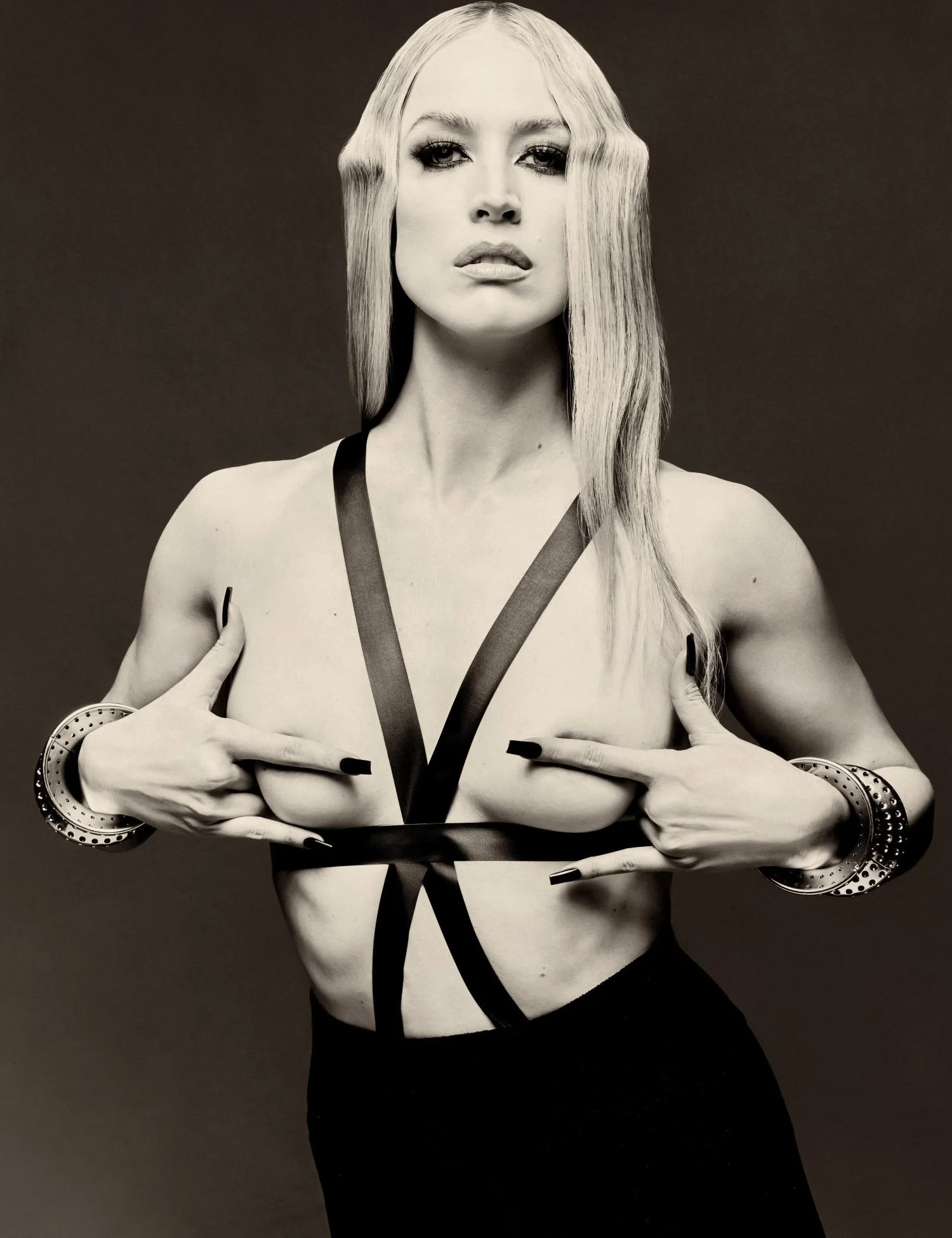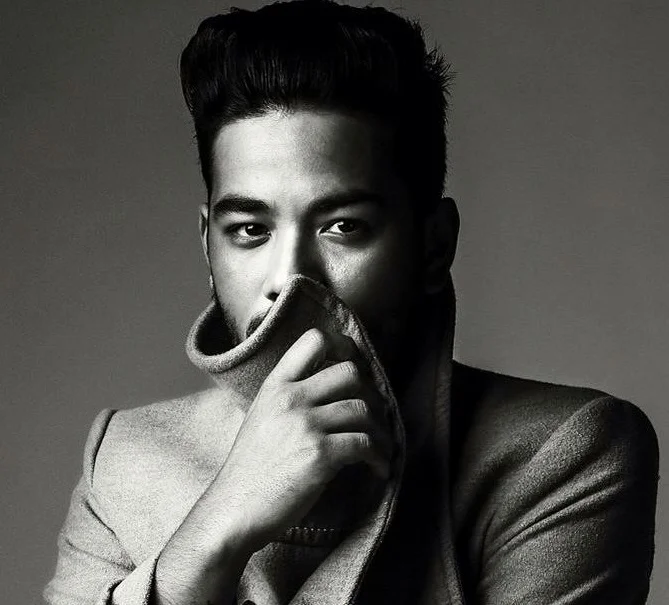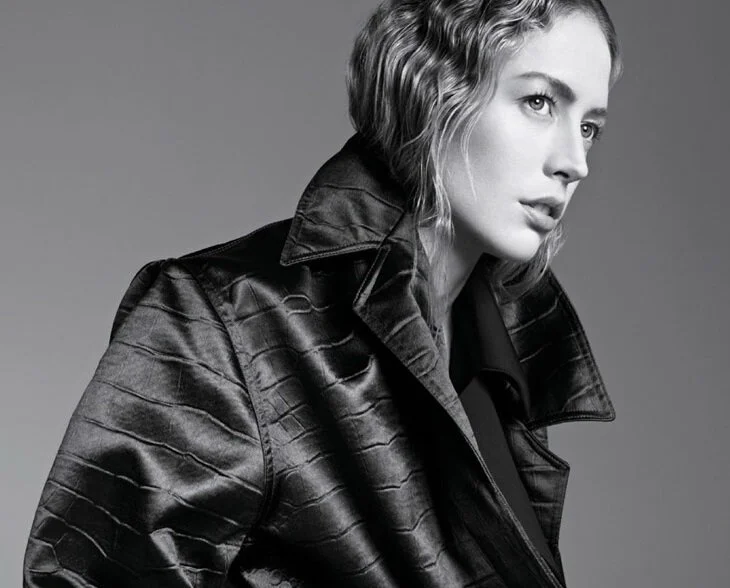Raquel Zimmermann in Pieter Mulier's Alaïa, by Rafael Pavarotti for W Magazine #3 2022
/Raquel Zimmermann in Pieter Mulier's Alaïa, by Rafael Pavarotti for W Magazine #3 2022 AOC Fashion
Top model Raquel Zimmermann exudes fashion drama, styled by Katie Grand in ‘Who Are You Calling Alaïa?” Photographer Rafael Pavarotti is in the studio for W Magazine’s Volume 3, 2022./ Hair by Virginie Moreira; makeup by Daniel Sallstrom
Pieter Mulier at the Helm of Alaïa
Christopher Bollen interviews Pieter Mulier, a cerebral Belgian designer with a highly-polished CV and deep ties to Raf Simons, who was appointed in 2021 by Richemont, as creative director at Alaïa.
“We don’t use themes or references to build collections,” Mulier told Bollen. “We don’t have marketers in the atelier. It’s just about the clothes. What we do is simple—beautiful, well-made clothes. And for me, it’s very fresh. Nobody else does that.”
The Alaïa Atelier Is Intact
In a plus for Mulier, all 35 members of Alaïa’s atelier stayed on after the designer’s death at age 82 in 2017. Bollen summarizes the designer’s process: “ . . . Mulier spends most of his days working side by side with them, assembling collections look by look, relying on gut instinct and vision, without turning to stylists, influencers, or corporate bigwigs to determine the brand’s direction. If something doesn’t work, it goes; if it isn’t ready yet, it holds for the next season. . . . “
End of Alaïa Glamazon
The interview moves to make a distinction between Azzedine Alaïa’s vision of women and Pieter Mulier’s. “The relationship between beauty and power was Alaïa’s raison d’être—he wasn’t called the “King of Cling” for nothing,” Bollen reflected on his way to the interview.
But perhaps the most vital difference between Mulier’s vision and Alaïa’s comes down to the definition of beauty itself. Alaïa’s creations—hard on the outside, concealing delicacy within—were the ne plus ultra wardrobe during the heyday of the larger-than-life feminine ideal of the glamazon. The reticent Alaïa, who stood just over five feet, surrounded himself with very tall, voluptuous women, as if to underscore the importance of physicality in projecting confidence. “It’s a very good time for Alaïa culturally, in terms of body consciousness and the celebration of sexuality,” Mulier said. But he is updating his predecessor’s very specific sense of female empowerment. At the mention of glamazons, Mulier says, “We don’t use that term anymore, since it alludes to a perfection of body and mind. And perfection, for me, is not attractive...or sexual. Alaïa still talks to a powerful woman, but she gets her power by accepting her imperfections. There is nothing more attractive than that.” Mulier keeps the boldness of the body front and center, but he also offers generous doses of softness, asymmetry, playfulness, and fluidity. His clothes are less of a shield, and feel freer and more open to change. It’s no surprise that some celebrities who have been leading the charge when it comes to evolving notions of beauty have already embraced Mulier’s aesthetic. This past February, a pregnant Rihanna was spotted wearing a red leather hooded Alaïa dress coat.




